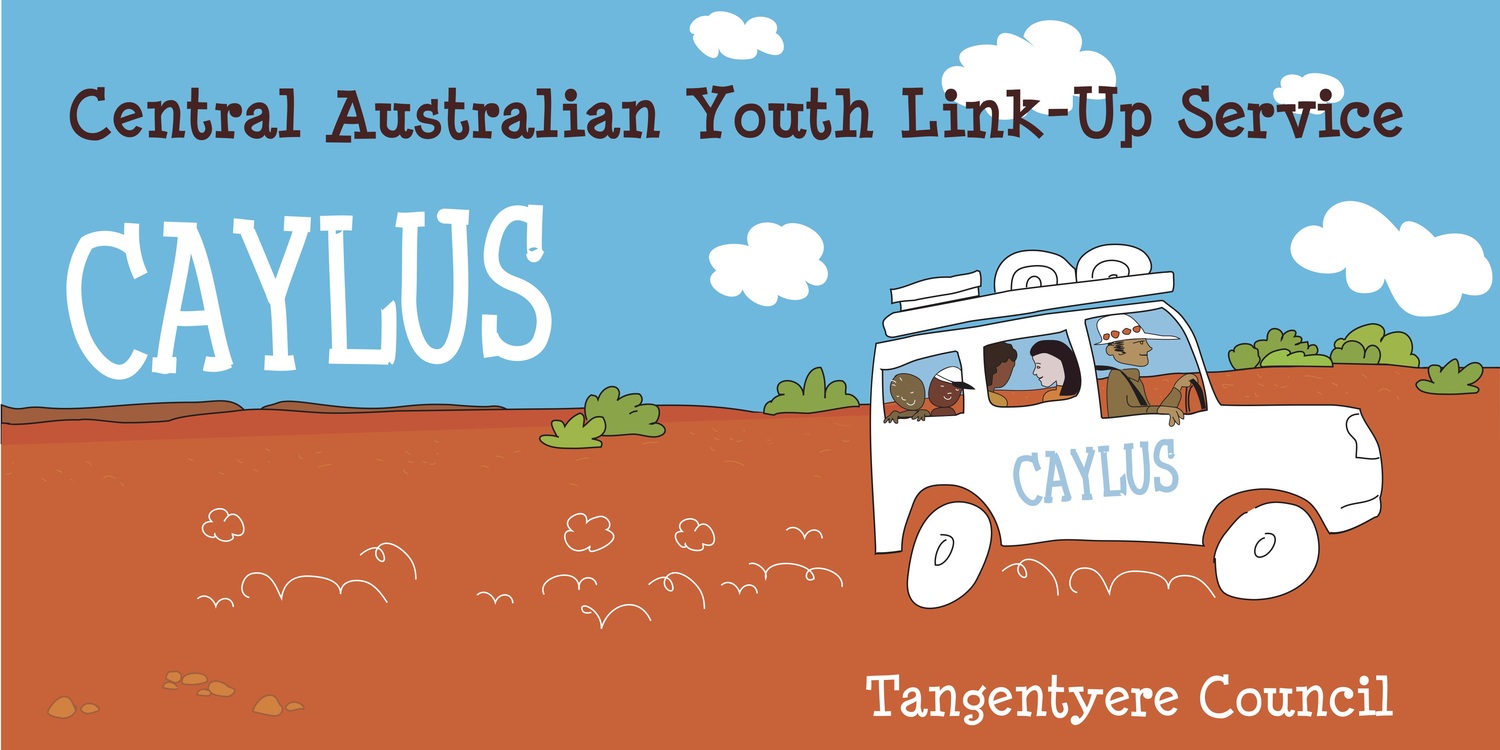A key function of CAYLUS is working with young people, organisations, community leaders and service agencies in communities where volatile substance misuse (sniffing) is an issue. While we only provide direct services to towns and communities in the Central Australian region we also regularly provide assistance and advice to people working and living in other regions.
This page summarises and links to some of the key resources and information that we work with in supporting community responses to sniffing in Central Australia.
The National Drug & Alcohol Research Centre (NDARC) is a good source of up to date information about the health effects of Inhalants, treatment and support options and recent research. The content here will be of use to parents & teachers, alcohol and other drug (AOD) workers and other professionals assisting users of inhalants.
Volatile Substance Misuse- A Review of Interventions 2008 by Peter d'Abbs and Sarah McLean is an excellent source of information about the various ways communities, governments, families and other stakeholders have tried to reduce the damage caused by sniffing. The paper looks at the strengths and weaknesses of various approaches, in a variety of contexts including remote Indigenous Communities.
The Brain Story is a resource designed for use in Aboriginal Communities in Central Australia. Using Central Australian iconography it can be used the potential for brain damage resulting from sniffing. It also highlights the damage and disruption that can be caused to family relationships, connection to country etc. Told backwards (from end to beginning) the Brain Story can be used as guide to helping people who are damaged by sniffing to recover and thus provide a story of hope and motivation to people and families affected by sniffing. Contact CAYLUS if you would like further explanation of how to use this resource.
An image from The Brain Story
The Northern Territory Volatile Substance Abuse Prevention Act 2005 provides a range of powers to families, police and health service agencies to help individuals, families and communities deal with sniffing.
This VSAP ACT Fact Sheet contains information about the key powers of the act and how to use these.
One useful aspect of the NTVSAP Act is that it enables remote communities to become "Management Areas' and designate specific controls, rules and regulations around the use of volatile substances. A full list of NT Management Areas and details of the controls that they have put in place is available here.
This CAYLUS discussion paper outlines the potential for and implications of implementing similar laws in other states.
Opal Low Aromatic Fuel (LAF) has been in use in Central Australia Since 2006. It has proven a very effective tool and had been linked to a significant reduction in prevalence of sniffing. This Australian Government website provides some good information about LAF and it's use.
In the Alice Springs region key agencies came together in 2014 to develop a guide to referring and reporting incidences of sniffing this document is a good guide to reporting incidences of sniffing in the Alice Springs region in compliance with legislative requirements.


